
In the digital age, touching the work of established photographic masters can be sensitive business. Recently a Swedish artist named Sanna Dullaway applied her colorizing skills to several historical photographs that included Dorthea Lange’s “Migrant Mother” and Eddie Adams’ harrowing image of an on-the-spot execution of a Vietcong on the streets of Saigon. The debate surrounding these modified versions was whether the interpretation was an improvement that could somehow be more powerful emotionally—due to addition of a color palette and the ability to reach newer generations who disconnect when they see black and white images—or simple vandalism.
The artist Pavel Maria Smejkal in his Fatescapes series took his appropriation of historical images one step further by digitally removing the people from images such as Nick Ut’s photograph of a young Vietnamese girl running from a napalm attack and the aforementioned Adams image. By leaving only the landscapes or streetscapes to play on our subconscious memory of historical places and events, he questions the limitations of a photograph’s accuracy at the representation of history.
Perhaps the most provocative example in terms of potential copyright infringement is when the artist Sherrie Levine re-photographed some of Walker Evans’ famous images from the 1930s Farm Security Administration project and presented them unaltered and with her name (the series was called After Walker Evans). Many viewers were outraged. Her act called into question many issues regarding a photograph’s author, copyright (Legally the FSA photographs are owned by the American public, which financed the project so there is no copyright infringement case that could be brought against Levine) and the portrayal of the poor. To some it was Art, but to others, it amounted to Blasphemy.
After Evans, Robert Frank may well be the most influential photographer the medium has seen. Frank’s book The Americans, published in the United States by Grove Press in 1959, was equally celebrated and reviled for its view of the U.S. and its citizenry. Today there is hardly a contemporary photographer who does not acknowledge that Frank accomplished greatness while photographing America for two years on a Guggenheim Fellowship.
The Americans hasn’t escaped its own touches with appropriation. In his newest bookwork Less Américains, London-based artist Mishka Henner takes his humorous title from the French Edition of Frank’s book Les Américains, published in 1958 by Robert Delpire in Paris. By scanning and applying Photoshop to Frank’s images, Henner has proceeded to remove most of the vital subject matter from all 83 photographs—leaving only small details hovering around the frame like background props on an empty theater stage.
Of course, as the title suggests, Less Américains does away with the “Americans” in Frank’s photographs so all that remains, for example, of the Hoboken City Fathers are a line of hats and some political bunting hanging on a two-by-four. And what has been spared in the most famous of all New Orleans street car picture which so perfectly expressed the implied race hierarchy of Jim Crow in the United States? A few vague, unidentifiable shapes that sit within the frame like mismatched puzzle pieces. To quote Jack Kerouac, who wrote an introduction to the American edition of Frank’s book, “The humour, the sadness, the EVERYTHING-ness and American-ness of these pictures (!)” linger like a ghost in these secondary elements.
Less Américains includes an introduction by the artist Elisabeth Tonnard that takes the form of a concrete poetry version of Kerouac’s prose. Tonnard’s approach was to systematically white-out the individual letters A.M.E.R.I.C.A.I.N.S. from Kerouac’s text, leaving an incomprehensible soup of vowels and consonants. His “…basketa pittykats…” becomes the even more cryptic “…B k t p tty-k t …”
Well, what can we make of Henner’s reworking of this masterpiece? I think Kerouac said it best: “What poem this is, what poems can be written about this book of pictures some day by some young new writer high by candlelight bending over them describing every grey mysterious detail.”
Less Américains was published earlier this year.
Jeffrey Ladd is a photographer, writer, editor and founder of Errata Editions. Visit his blog here.


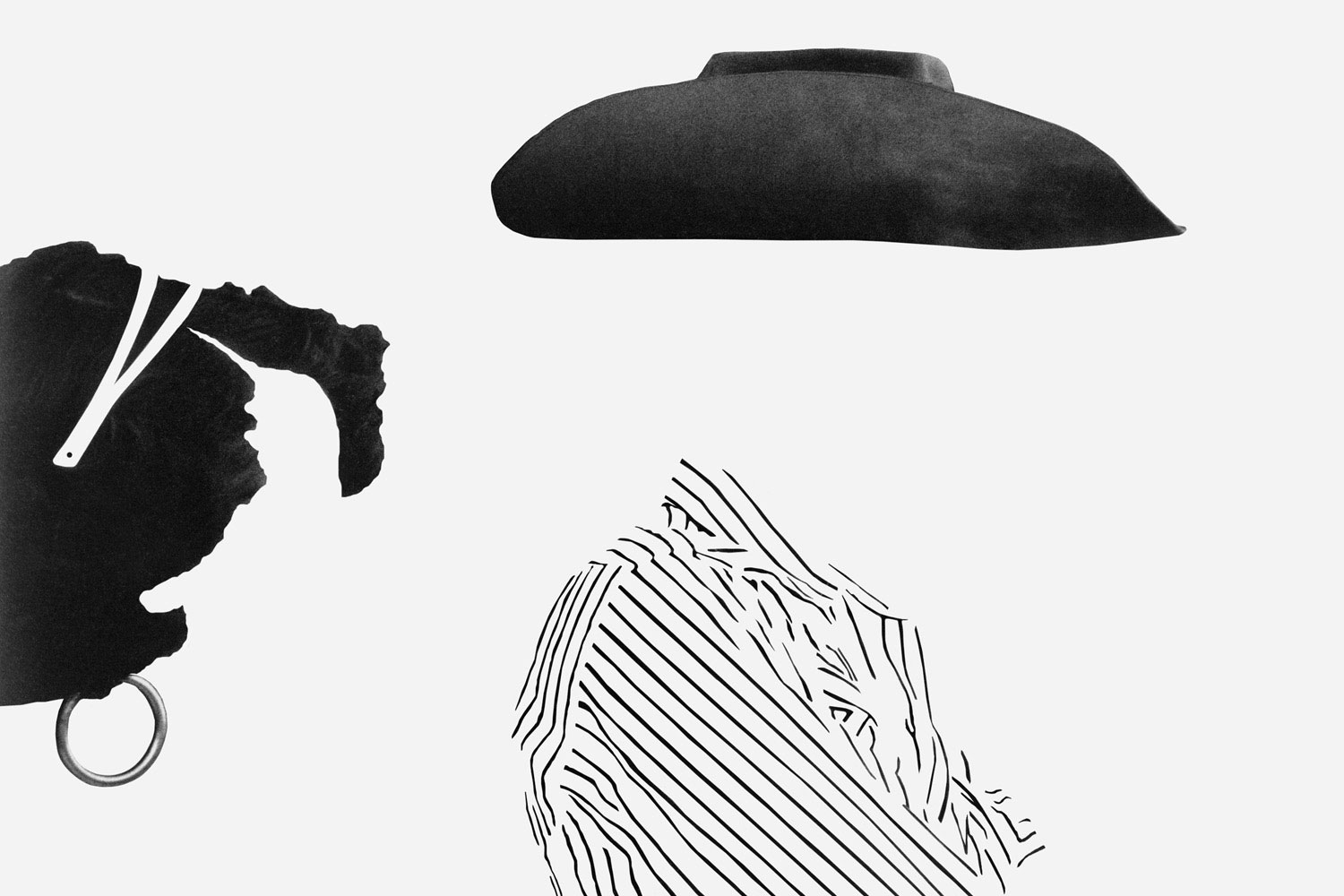
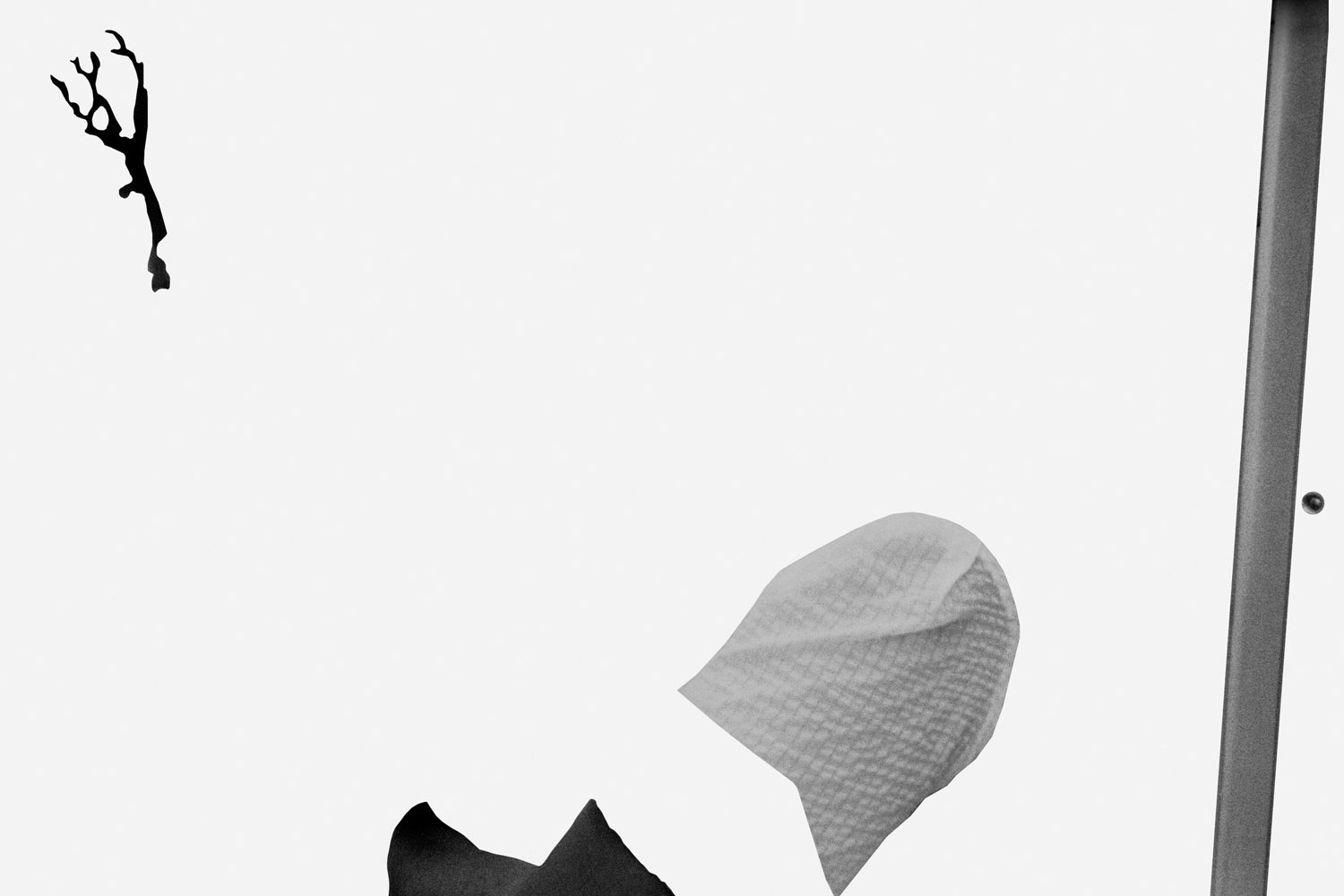

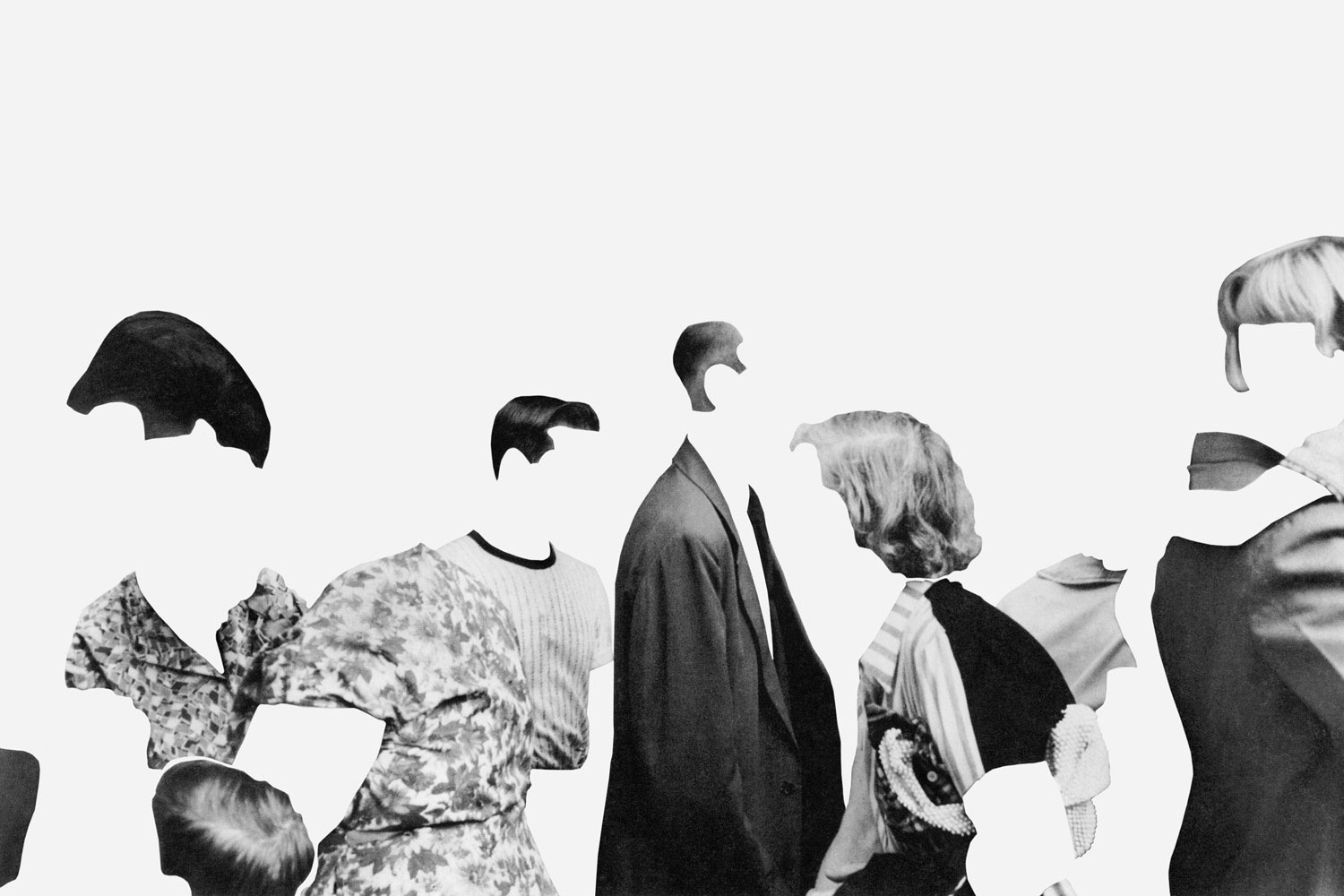
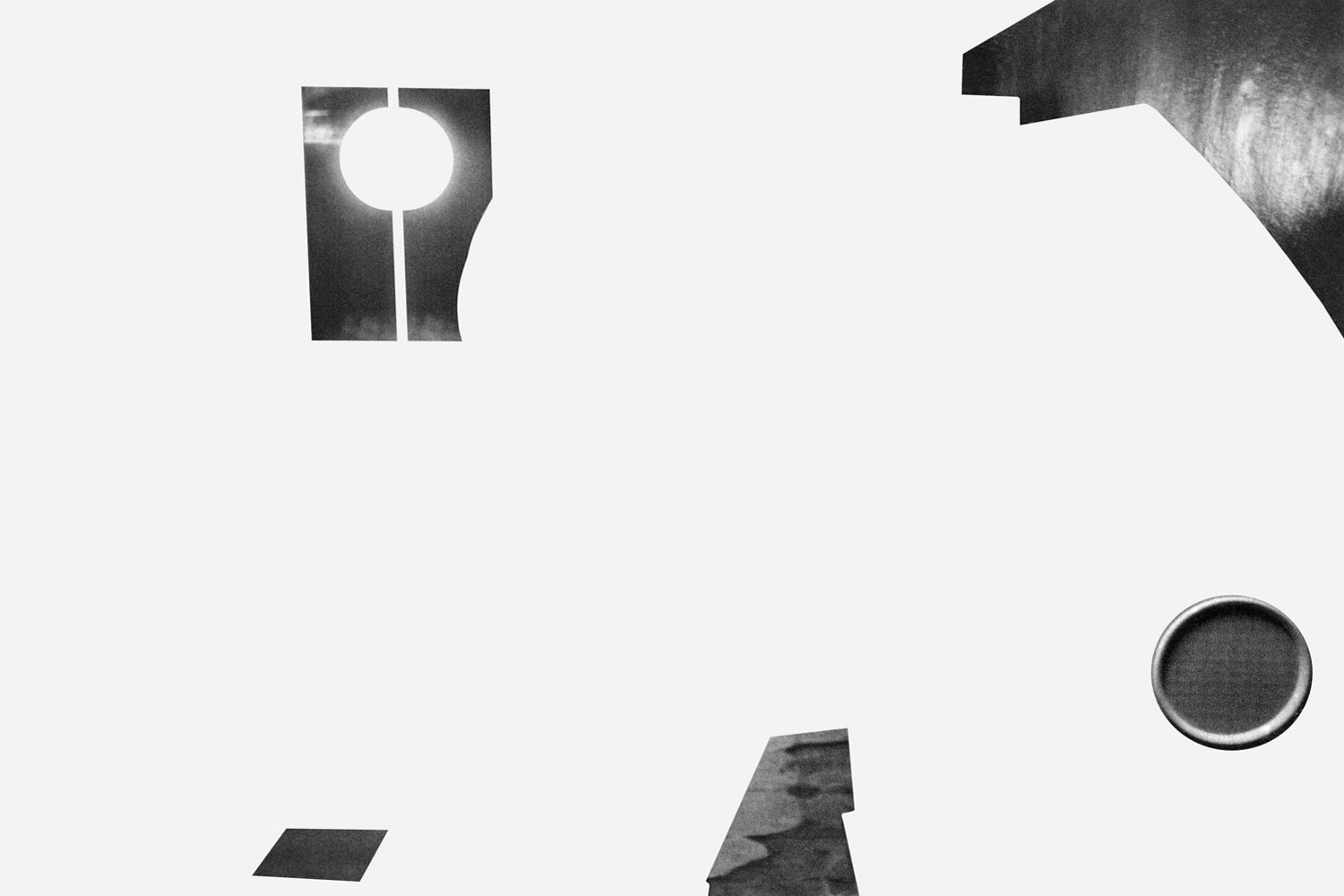
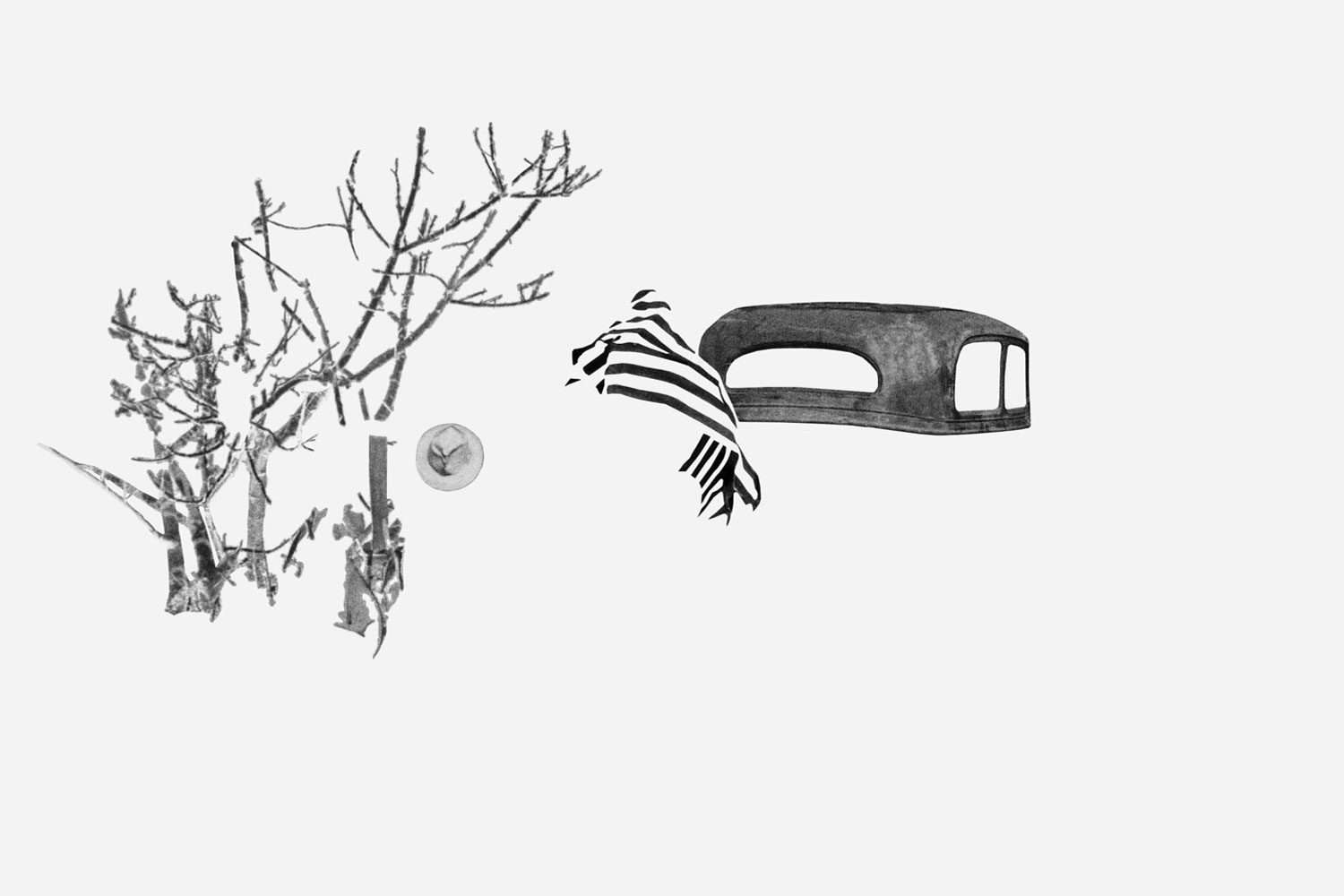
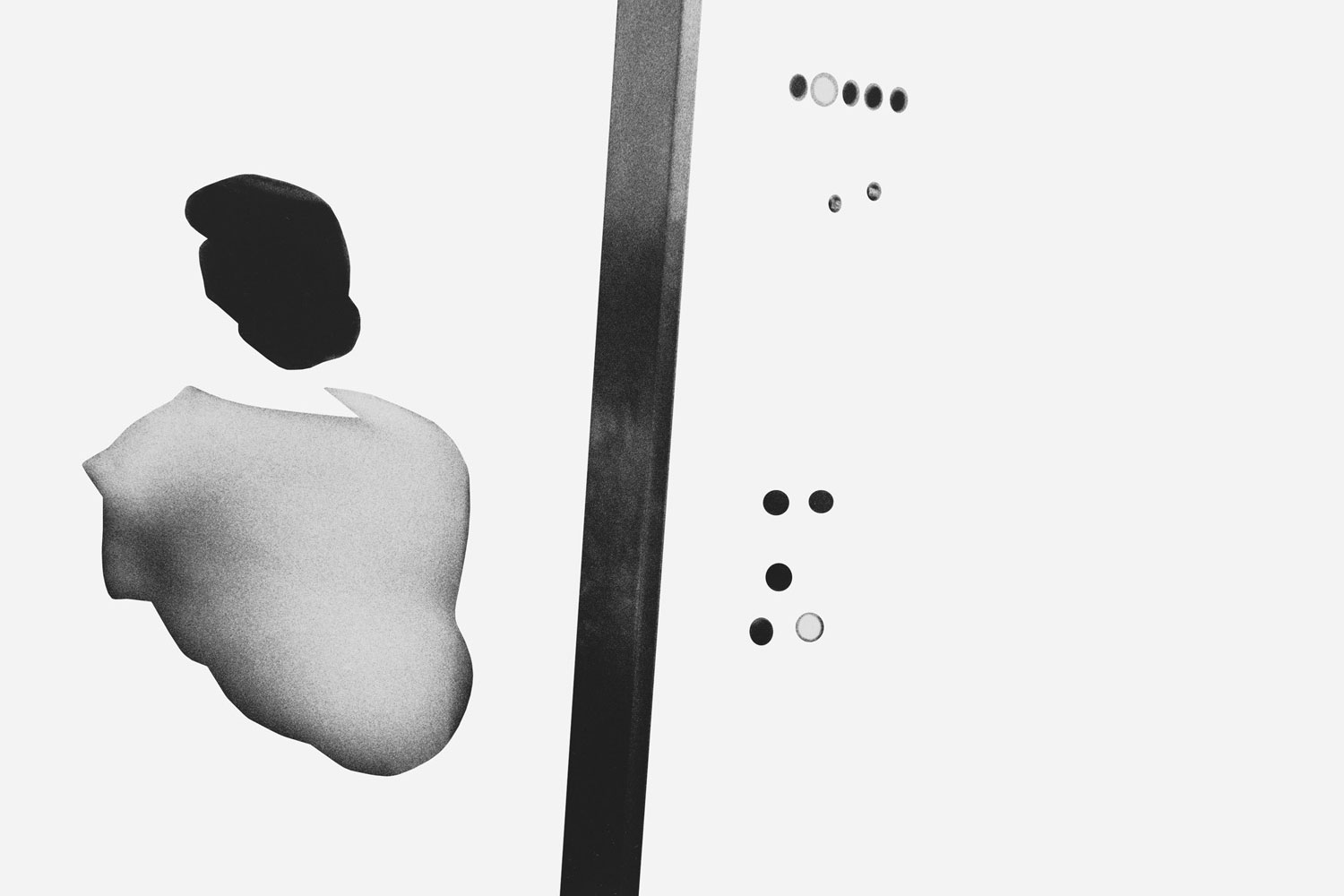

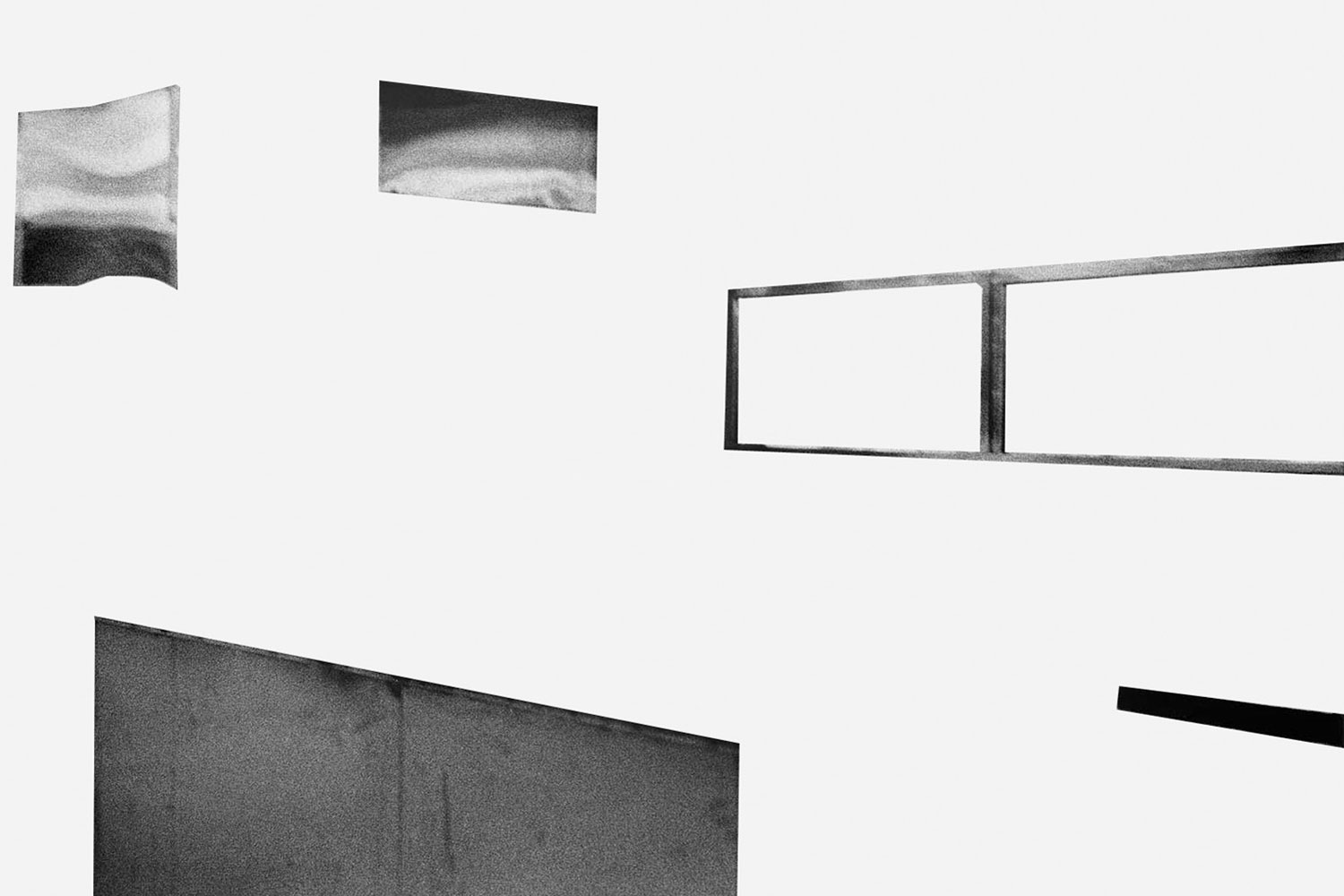
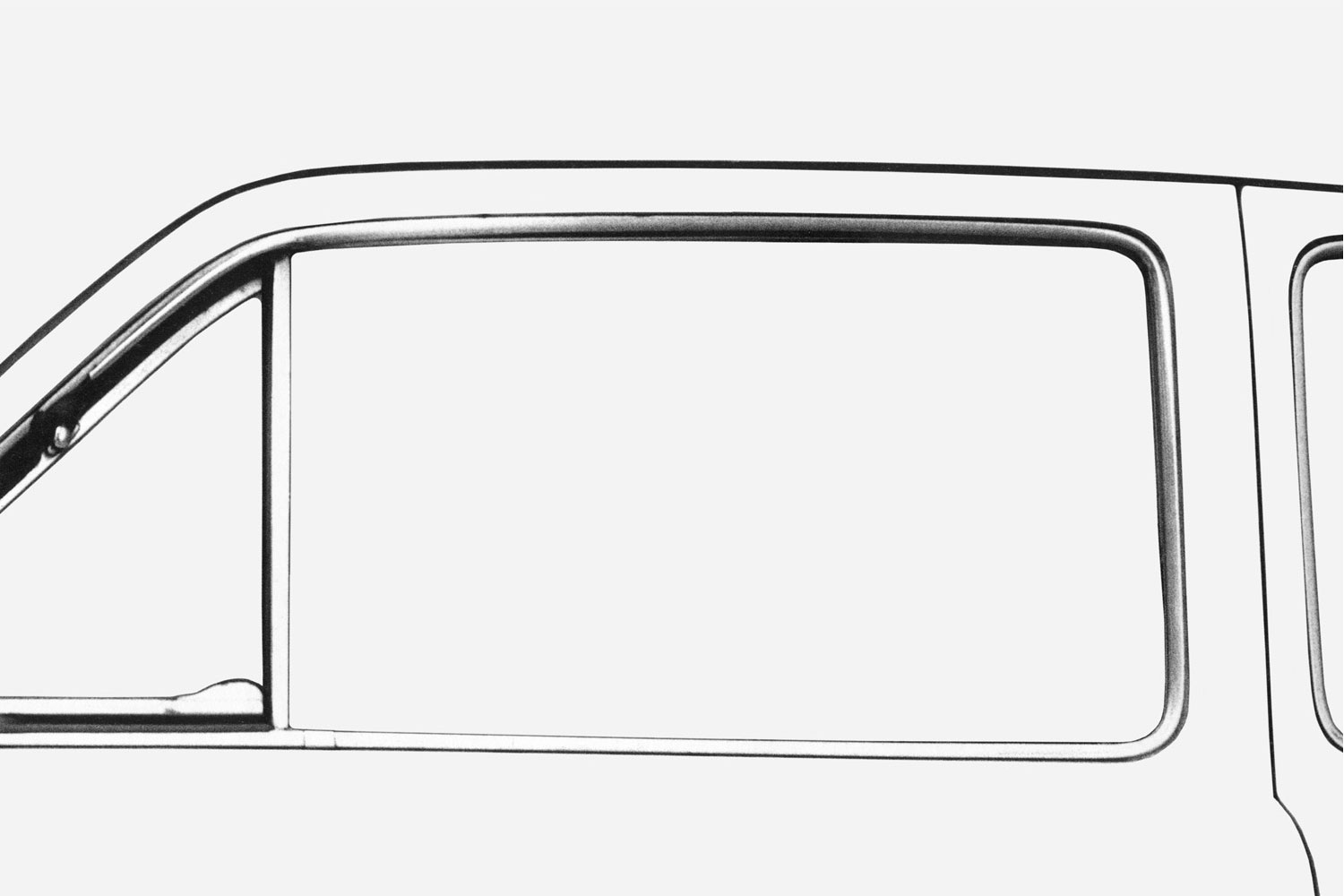
More Must-Reads from TIME
- Donald Trump Is TIME's 2024 Person of the Year
- Why We Chose Trump as Person of the Year
- Is Intermittent Fasting Good or Bad for You?
- The 100 Must-Read Books of 2024
- The 20 Best Christmas TV Episodes
- Column: If Optimism Feels Ridiculous Now, Try Hope
- The Future of Climate Action Is Trade Policy
- Merle Bombardieri Is Helping People Make the Baby Decision
Contact us at letters@time.com